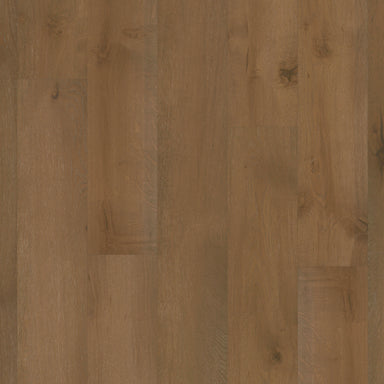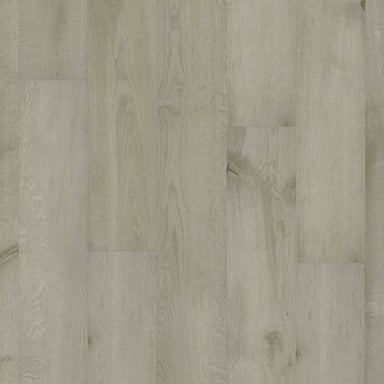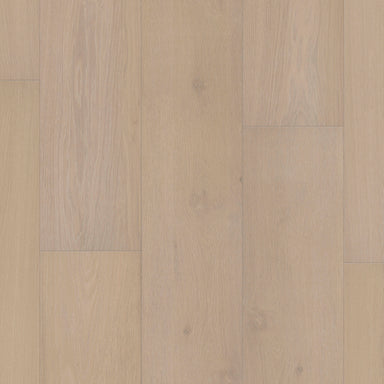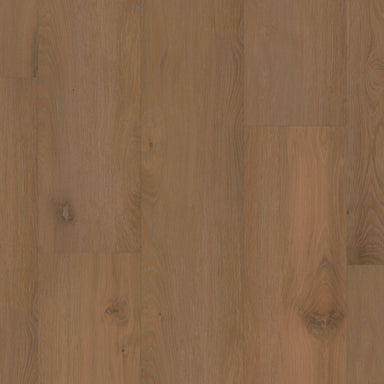
The TRUCOR 3DP collection offers a revolutionary direct digital print onto an SPC core. With two times the resolution of current PVC film options,...
View full detailsThe rotogravure printing process is the most commonly used method for making residential vinyl floors.
It offers you unlimited possibilities in pattern and design.
The rotogravure process involves a print cylinder that spins around while the vinyl's core layer (called the gel coat) passes underneath. The cylinder systematically prints various colored ink dyes to create the pattern.
After the print dyes are set a clear wearlayer is applied to the surface. The appearance retention of a rotogravure vinyl floor is dependent on the durability of the clear wearlayer.
The wearlayer is absolutely critical to the performance of your vinyl floor.
The thickness of the wearlayer varies with each vinyl product collection, or series, and is generally measured in mils. The thickness of a mil is about the same as a page in your telephone book.
So a 10-mil wearlayer would be comparable in thickness to about 10 pages of your telephone book. Generally, the more expensive vinyl floors have thicker wearlayers.
Your expectations for how long your vinyl floor will look new and attractive are based on the wearlayer's performance. To help you understand wearlayer capabilities we need to define what the performance characteristics are that you are looking for in a vinyl floor.
The easy to clean characteristic relates to how tough it is to remove soiling and other marks from the floor's surface. When a floor begins to look old and drab it is usually caused by hundreds of fine hairline scratches in the wearlayer. These fine scratches come from dirt, grit and sand laying on the wearlayer's surface.
However there’s good news. The new generation of vinyl floors has all the ingredients to resist showing wear and staining. Plus all the beauty, style and value to certainly put vinyl in the running as a potential flooring for your home and home life.

The TRUCOR 3DP collection offers a revolutionary direct digital print onto an SPC core. With two times the resolution of current PVC film options,...
View full details
The TRUCOR 3DP collection offers a revolutionary direct digital print onto an SPC core. With two times the resolution of current PVC film options,...
View full details
The TRUCOR 3DP collection offers a revolutionary direct digital print onto an SPC core. With two times the resolution of current PVC film options,...
View full details
The TRUCOR 3DP collection offers a revolutionary direct digital print onto an SPC core. With two times the resolution of current PVC film options,...
View full details